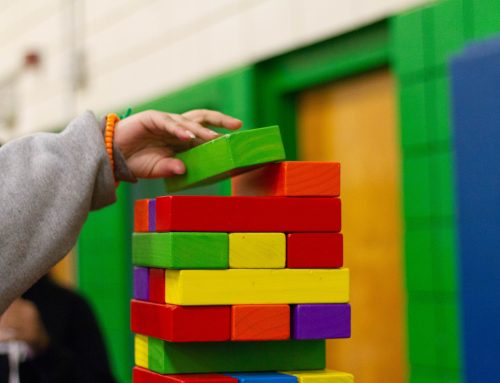Autism therapy can take place in a wide variety of settings, including the clinic, your home, your child’s school, or any number of places in the community. For many families, home autism therapy is an important component of a successful treatment plan, because it gives children the opportunity to learn skills in the environment where they spend the most time.
But what is the best way to help your child be successful with therapy at home? Let’s take a look at some do’s and don’ts to consider.
Who Should Consider Home Autism Therapy?
Home autism therapy is an excellent choice for young children who don’t attend school, and it may also be a good fit for older children who don’t yet have the skills needed to succeed in a classroom environment. In fact, home autism therapy is one of the best ways to help children learn new skills and implement them into their daily routines.
Do: Start therapy as early as possible.
Studies show that early intervention achieves the best results for children with autism. As soon as your child is diagnosed, begin considering therapy options to help them develop positive skills, habits, and routines.
Don’t: Feel that you’ve missed your opportunity if your child is older.
Children with autism can benefit greatly from appropriate therapies at any age. While it’s true that early intervention achieves the best results, it’s not too late to begin if your child was diagnosed at a later age.
What Is the Best Home Autism Therapy?
Applied Behavior Analysis (ABA) therapy is the gold standard for autism therapy, and it demonstrates excellent results in the home environment. ABA therapists use individualized treatment plans that focus on setting goals in the contexts of daily routines. As your child makes progress, the plan will evolve to focus on new skills and behaviors.
Do: Consider ABA therapy at home.
In the home environment, ABA therapy works with your child to build daily routines, improve social interactions, enhance communication, and improve quality of life for the whole family. It also supports families by teaching parents and caregivers strategies to help the child retain skills and transfer them to new environments outside of therapy sessions.
Don’t: Skip appointments or training sessions.
ABA therapy is a long-term commitment. It builds on progress over time and helps children develop new skills through consistent, frequent sessions. It’s important that parents and caregivers commit to the process and continue treatment goals with their child outside of therapy sessions.
What Other Kinds of Home Autism Therapy Should You Consider?
There are a number of other therapies that may benefit children with autism. For example:
- Speech Therapy
- Occupational Therapy
- Physical Therapy
- Sensory Integration Therapy
Some of these therapists may work with your child in your home, while others may prefer to see you at the clinic. Talk to your child’s pediatrician, neurologist, or other care professionals to create a total plan that will build on strengths and address needs.
Do: Consider multiple types of therapy if recommended.
Therapy can seem like a full-time job sometimes. It’s important to remember, however, that the power of early intervention can’t be underestimated. Addressing challenges early can set your child up for success down the road as they learn critical skills to increase independence.
Don’t: Be afraid to ask questions.
An autism diagnosis can be a huge shift in mindset for parents, caregivers, siblings, and family members. Don’t be shy about asking questions to understand what the goals of treatment are and how they can best be accomplished.
At home autism therapy is a key component of helping your child build the skills they need to increase independence and confidence. However, therapy in other settings may also play an important role in your child’s overall treatment plan. Talk to your child’s ABA therapist to determine which settings make the most sense for your child as you make progress toward goals.





